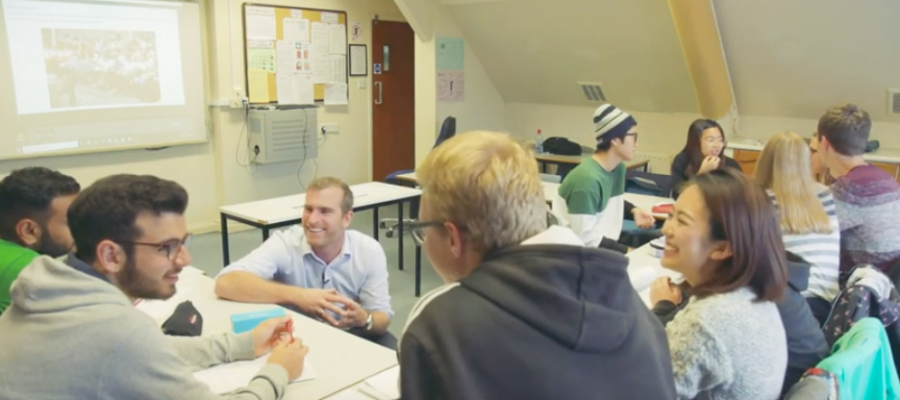Lesson planning is key when we aim at attaining positive student learning outcomes. However, teachers’ task of anticipating different situations while considering every student’s individual needs, the resources available in the classroom or online, as well as how to help students stay on task is an enormous challenge. In this











